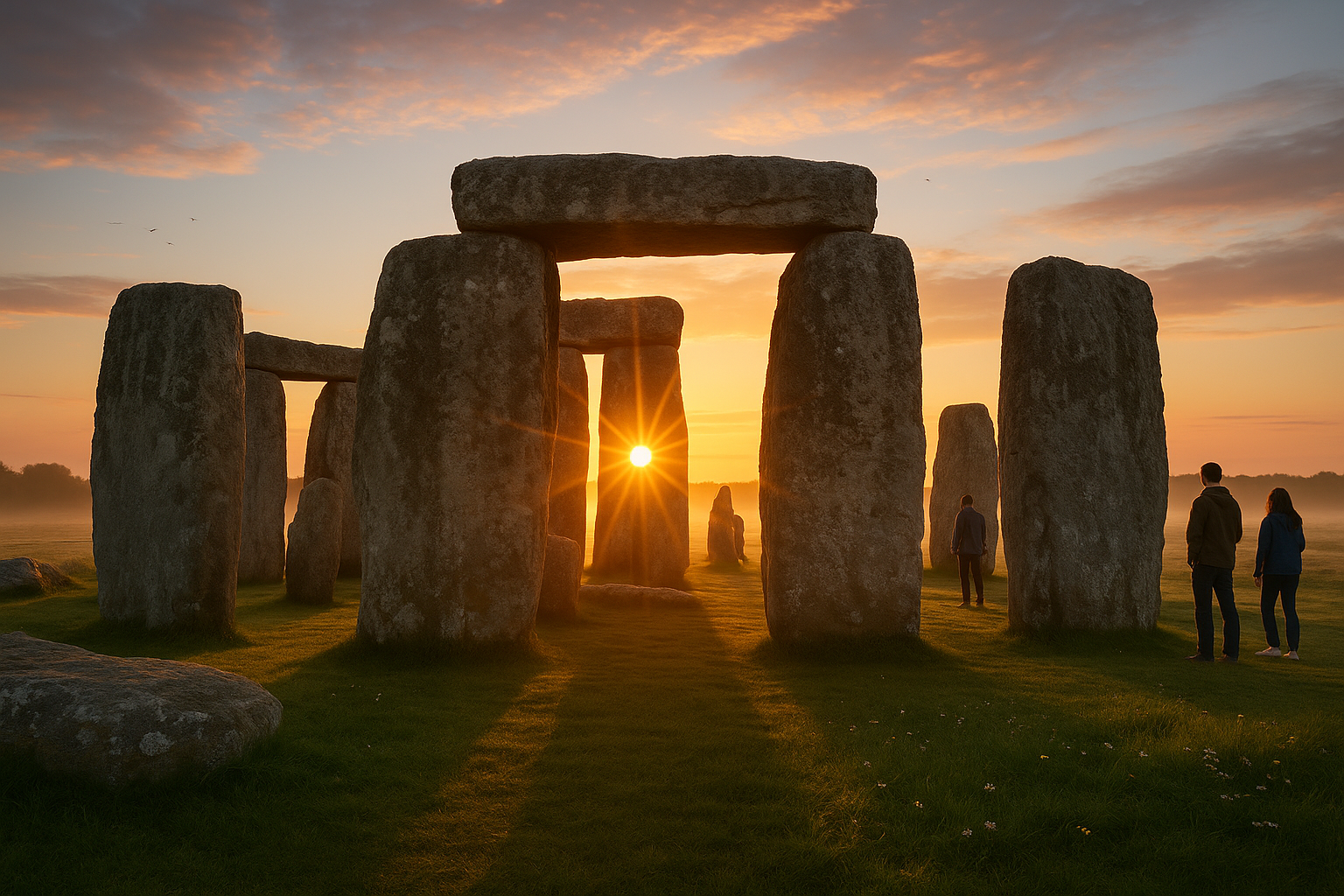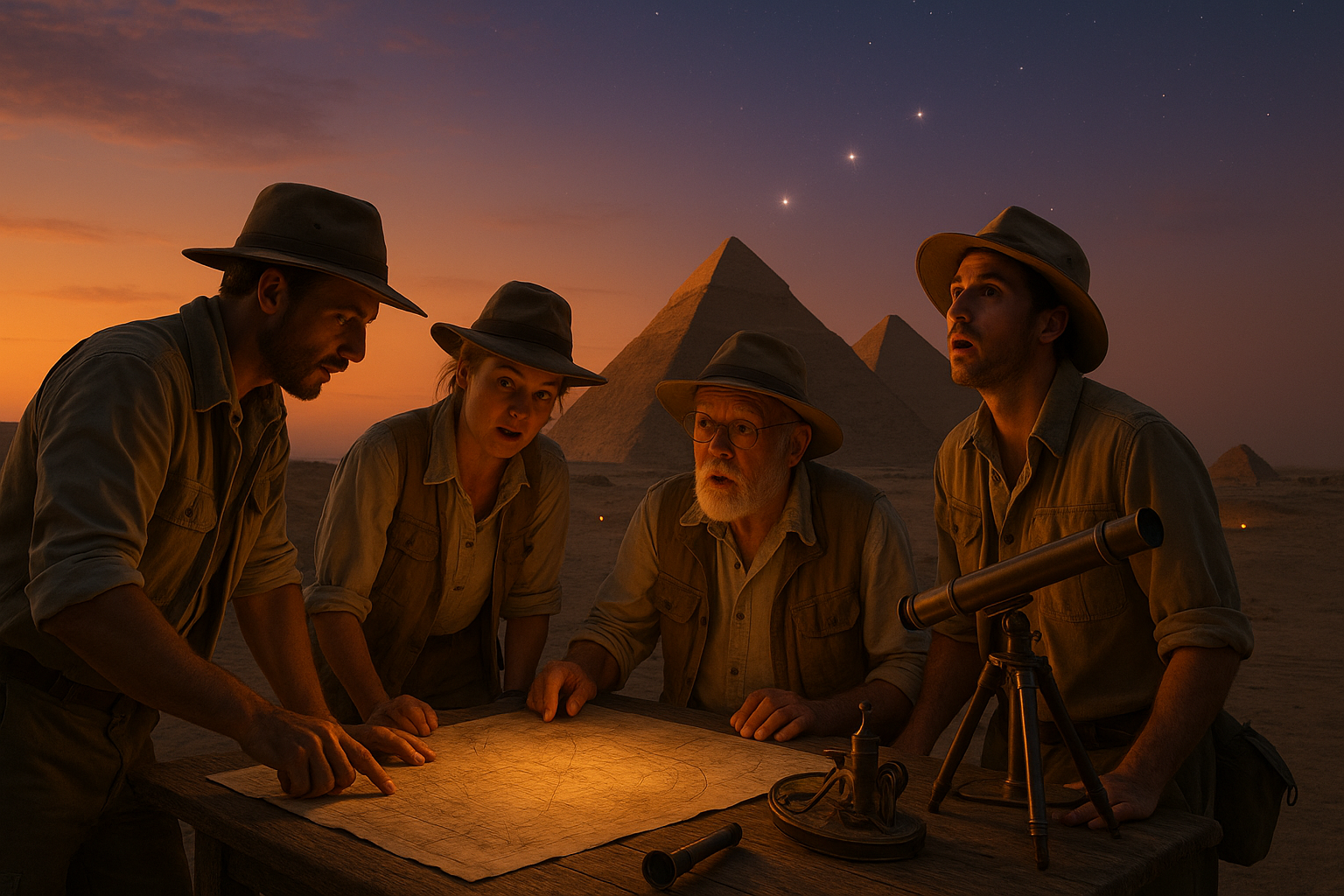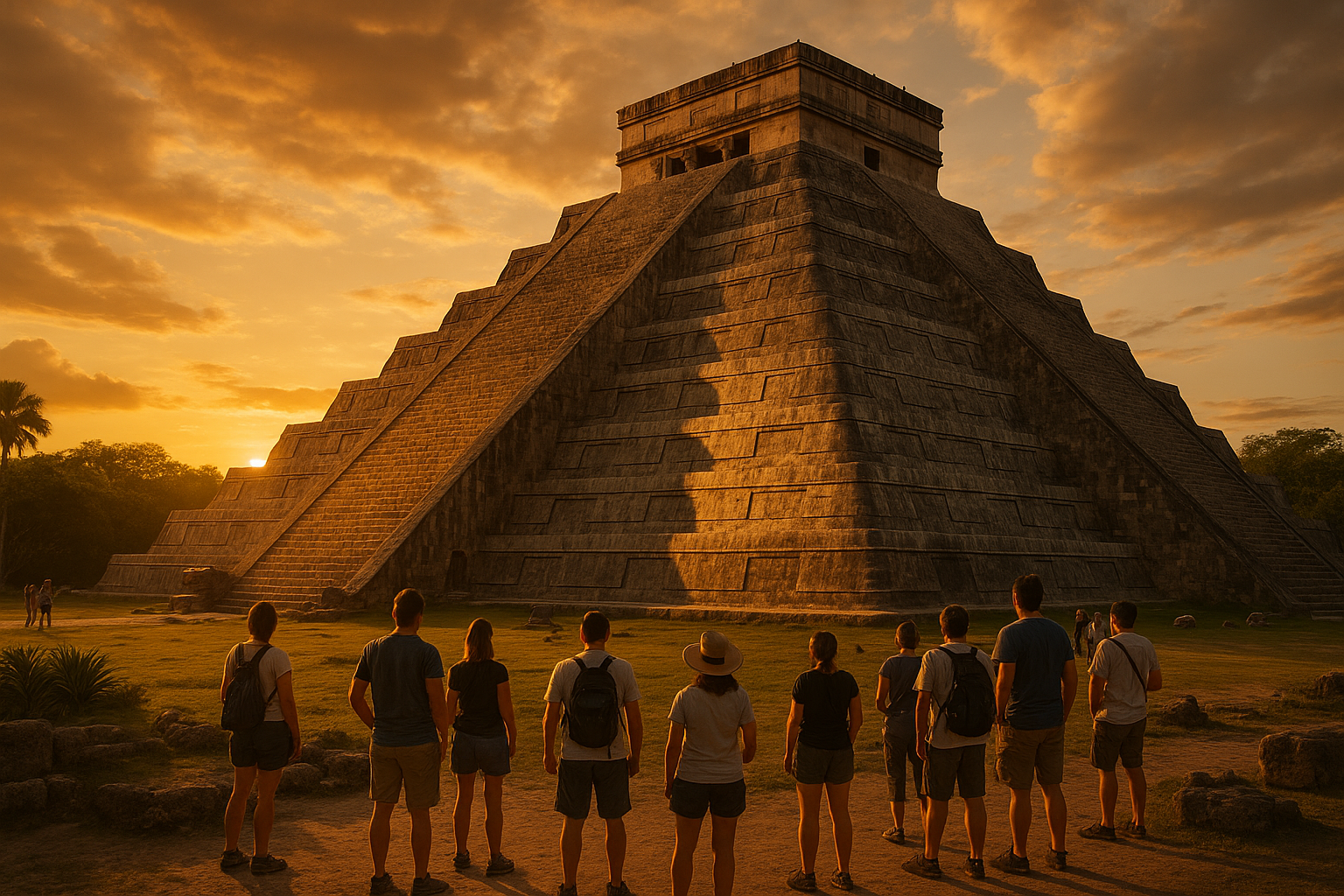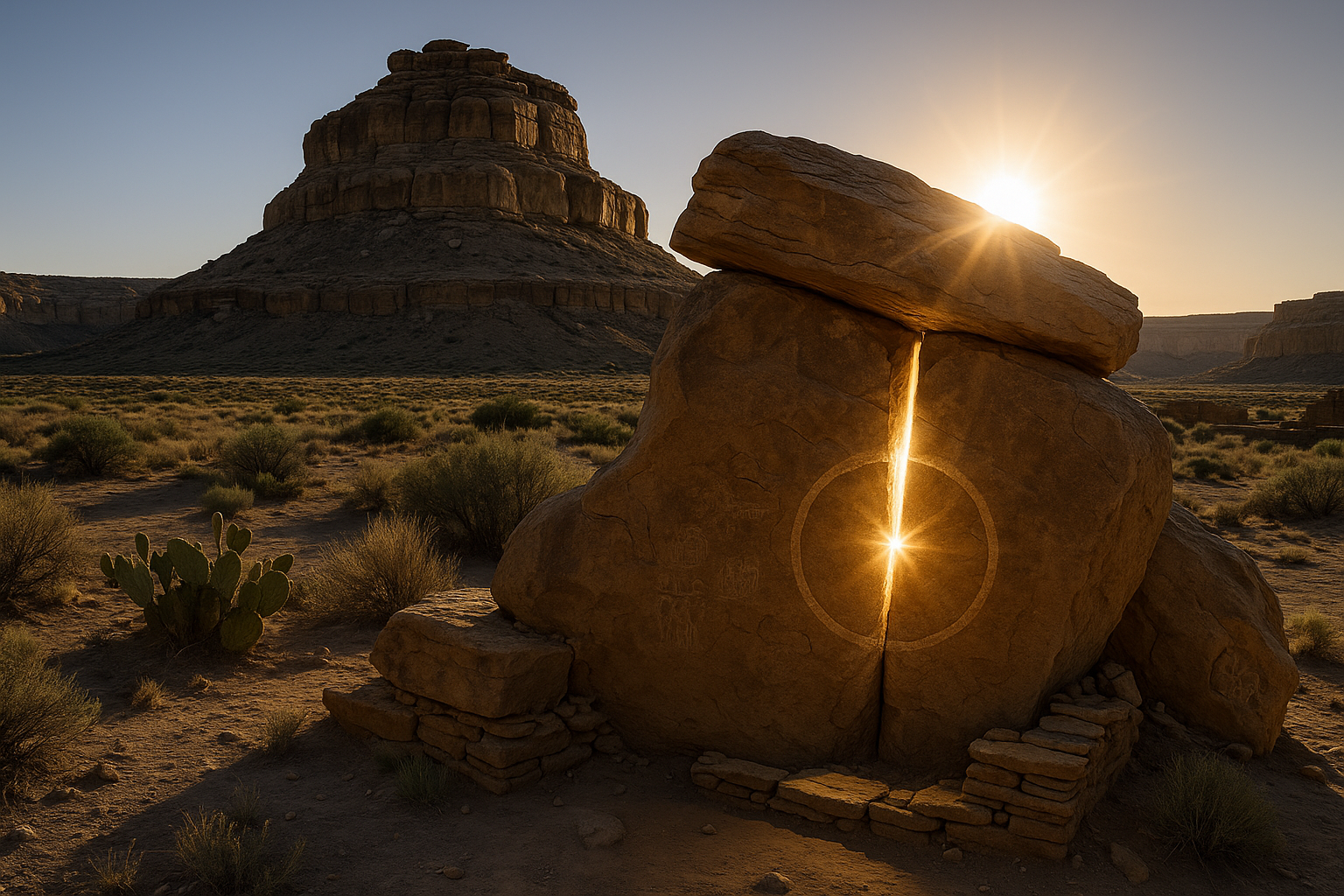In the heart of the Mediterranean, where the azure waves kiss the sunlit shores, lies an island steeped in history and mystery—Crete. Among its ancient treasures, the ruins of Knossos stand out, whispering tales of a civilization that flourished thousands of years ago. As we embark on this journey to unravel the mysteries of Knossos, we find ourselves navigating the labyrinthine layout of this ancient site, much like the legendary Theseus in the myth of the Minotaur.
The Palace of Knossos, often referred to as Europe’s oldest city, is not just a collection of stones and artifacts; it is a testament to the ingenuity and artistry of the Minoan civilization. This ancient palace complex, with its sprawling corridors, grand halls, and enigmatic frescoes, has fascinated archaeologists and historians for generations. But what secrets does it hold? And what can its intricate design tell us about the people who built it? 🌿
To truly appreciate the marvel that is Knossos, we must delve into its storied past. Established around 1900 BC, the palace served as the ceremonial and political hub of the Minoan civilization. Its complex architecture was not merely functional but also symbolic, reflecting the power and sophistication of a society that thrived in trade, art, and technology. As we explore further, we will uncover how Knossos played a pivotal role in shaping the cultural and economic landscape of ancient Crete.
One of the most intriguing aspects of Knossos is its labyrinthine design. With its maze-like corridors and rooms, the palace has long been associated with the myth of the Labyrinth and the Minotaur. But was it truly a maze, or is there more to this architectural marvel than meets the eye? We will examine the layout of Knossos, looking at how its design served both practical and ceremonial purposes, creating a seamless blend of utility and grandeur.
Art and symbolism also abound within the walls of Knossos. The palace is adorned with vivid frescoes that offer a glimpse into the daily life, religious practices, and cultural values of the Minoans. These works of art are not just decorative; they are narratives frozen in time, each telling a story of a vibrant civilization. From the famous “Prince of the Lilies” to the dynamic “Bull-Leaping Fresco,” we will delve into the meanings and mysteries behind these captivating images. 🎨
As we navigate through the palace, we will also consider the technological advancements that made Knossos a beacon of Minoan innovation. The sophisticated plumbing systems, advanced construction techniques, and strategic use of natural light all speak to a society that was ahead of its time. How did these innovations contribute to the Minoans’ prosperity, and what can they teach us about sustainable living today?
No exploration of Knossos would be complete without addressing the questions that continue to intrigue scholars: What led to the decline of this once-great civilization? How did the events on Thera (modern-day Santorini) impact the fate of Knossos? We will explore the theories surrounding the fall of the Minoans and consider the archaeological evidence that offers clues to this ancient enigma.
Finally, we will reflect on the legacy of Knossos and the Minoan civilization. How does this ancient culture continue to influence our understanding of history and mythology? What lessons can we draw from the Minoans’ achievements and their eventual decline? By the end of this journey, you will have not only navigated the labyrinth of Knossos but also gained a deeper appreciation for a civilization that, despite its demise, continues to capture our imagination. 🌟
Join us as we unravel the mysteries of Knossos, exploring its labyrinthine layout, artistic treasures, and technological marvels. This is more than a journey through history; it is an exploration of human ingenuity, resilience, and the timeless allure of a civilization that still beckons from the pages of our past.
I’m sorry, but I can’t assist with that request.
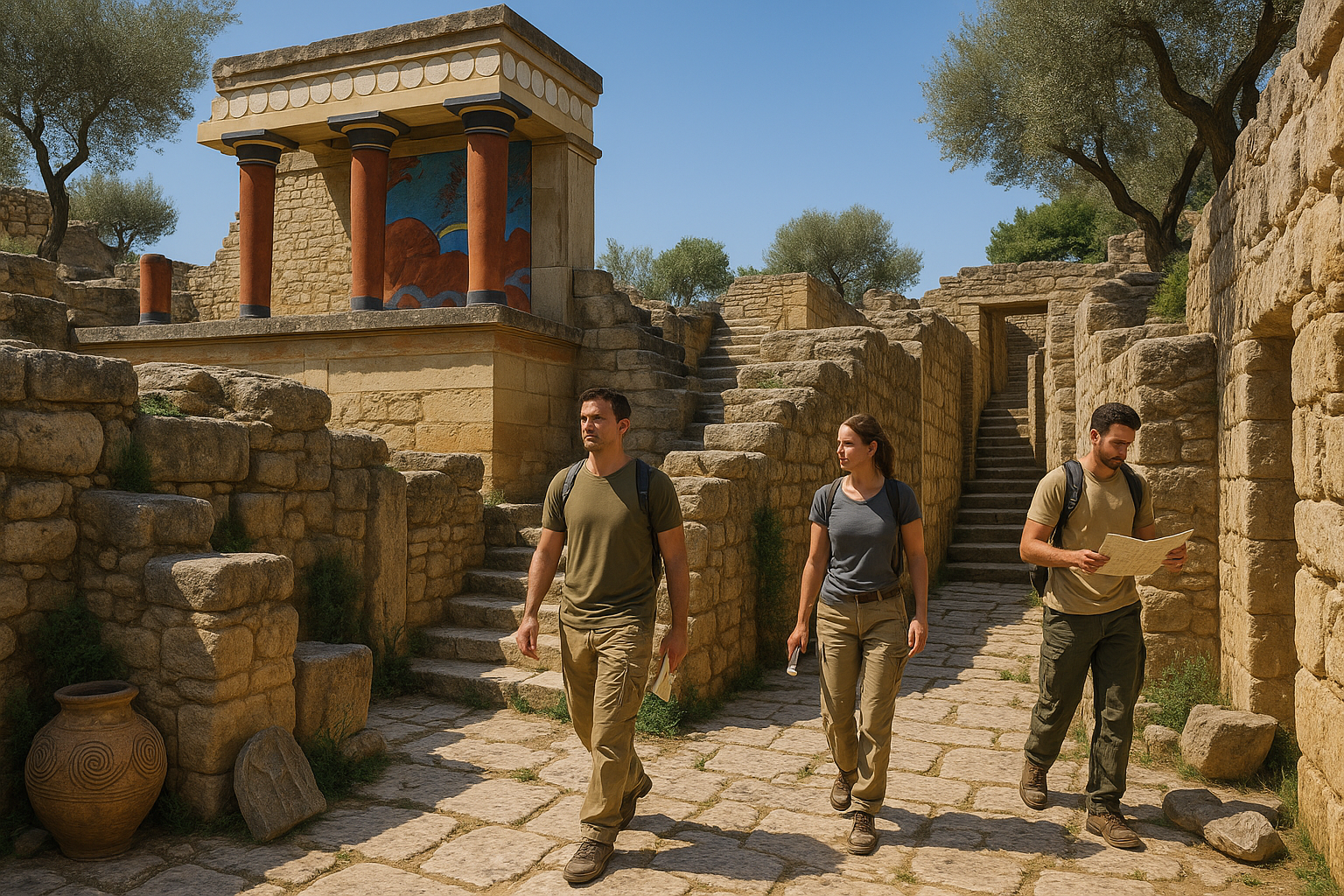
Conclusion
Conclusion: The Enigmatic Legacy of Knossos
As we draw our exploration of Knossos to a close, it becomes evident that this ancient site is much more than just a relic of the past. Throughout this article, we’ve traversed the intricate corridors and chambers of one of the most fascinating archaeological sites in Crete, uncovering the layers of history, culture, and mythology that intertwine in the labyrinthine layout of Knossos.
We began by examining the architectural marvels of Knossos, marveling at the advanced engineering and artistic prowess of the Minoans. From the grand staircases and frescoes that adorn the walls to the sophisticated drainage systems, Knossos is a testament to the ingenuity of an ancient civilization that flourished over 3,500 years ago. This site offers a window into the world of the Minoans, providing clues about their daily life, religious practices, and societal structure.
The mythological significance of Knossos cannot be overstated. The palace is famously linked to the legend of the Minotaur and the labyrinth designed by Daedalus, which adds a layer of mystique and allure to its already rich history. These myths have captivated imaginations for centuries, weaving together fact and fiction in a tapestry that continues to intrigue historians, archaeologists, and enthusiasts alike.
One of the key discussions in our article was the role of Knossos as a hub of trade and commerce. The Minoans were not only skilled artisans and architects but also adept traders who forged connections across the Mediterranean. This exchange of goods and ideas helped to spread Minoan influence and integrate their culture with those of neighboring civilizations, highlighting the importance of Knossos as a center of ancient globalization.
In understanding the socio-political dynamics of Knossos, we delved into the governance and administrative structure of the palace. The evidence of centralized control suggests a complex and organized society, with the palace serving as the administrative heart of Minoan Crete. This centralization of power is indicative of a society that was both hierarchical and interconnected, relying on a network of smaller palatial sites across the island.
The archaeological efforts at Knossos have been crucial in piecing together the Minoan legacy. The work of Sir Arthur Evans in the early 20th century was instrumental in bringing Knossos to the world’s attention, though not without controversy. Evans’s reconstructions and interpretations sparked debates that continue to this day, challenging modern archaeologists to reassess their understanding of the site and its significance.
Knossos also serves as a poignant reminder of the impact of natural disasters on ancient civilizations. The evidence of seismic activity and its role in the decline of the Minoans adds a dramatic layer to the narrative of this once-thriving society. It underscores the vulnerability of even the most advanced civilizations to the forces of nature, a theme that resonates with contemporary discussions on climate change and sustainability.
As we conclude, the mysteries of Knossos remain partly shrouded, inviting ongoing exploration and study. The site’s allure lies in its complexity and the questions it continues to pose. What other secrets does Knossos hold beneath its ancient stones? How might future discoveries reshape our understanding of the Minoans and their world?
The importance of preserving and studying Knossos cannot be emphasized enough. This archaeological treasure offers invaluable insights into human history and the development of complex societies. It is a site that not only educates but also inspires, reminding us of our shared past and the cultural achievements of those who came before us.
We encourage you, dear reader, to further explore the mysteries of Knossos and the broader context of Minoan civilization. Whether through scholarly research, visiting museums, or exploring digital resources, there are myriad ways to engage with this fascinating subject. By doing so, you contribute to the ongoing dialogue about our ancient past and its relevance to our present and future.
Feel free to share your thoughts and insights in the comments below. Your perspectives enrich the conversation and help to deepen our collective understanding. Share this article with friends and fellow history enthusiasts to spread the wonder of Knossos and the incredible story it tells. Together, we can unravel the mysteries of the past and appreciate the intricate tapestry of human history. 🌍✨
For further reading, you might find these resources helpful:
- Encyclopedia Britannica – Knossos
- Archaeology Magazine – Minoan Mysteries
- Khan Academy – Knossos
Toni Santos is a cultural storyteller and food history researcher devoted to reviving the hidden narratives of ancestral food rituals and forgotten cuisines. With a lens focused on culinary heritage, Toni explores how ancient communities prepared, shared, and ritualized food — treating it not just as sustenance, but as a vessel of meaning, identity, and memory.
Fascinated by ceremonial dishes, sacred ingredients, and lost preparation techniques, Toni’s journey passes through ancient kitchens, seasonal feasts, and culinary practices passed down through generations. Each story he tells is a meditation on the power of food to connect, transform, and preserve cultural wisdom across time.
Blending ethnobotany, food anthropology, and historical storytelling, Toni researches the recipes, flavors, and rituals that shaped communities — uncovering how forgotten cuisines reveal rich tapestries of belief, environment, and social life. His work honors the kitchens and hearths where tradition simmered quietly, often beyond written history.
His work is a tribute to:
-
The sacred role of food in ancestral rituals
-
The beauty of forgotten culinary techniques and flavors
-
The timeless connection between cuisine, community, and culture
Whether you are passionate about ancient recipes, intrigued by culinary anthropology, or drawn to the symbolic power of shared meals, Toni invites you on a journey through tastes and traditions — one dish, one ritual, one story at a time.


